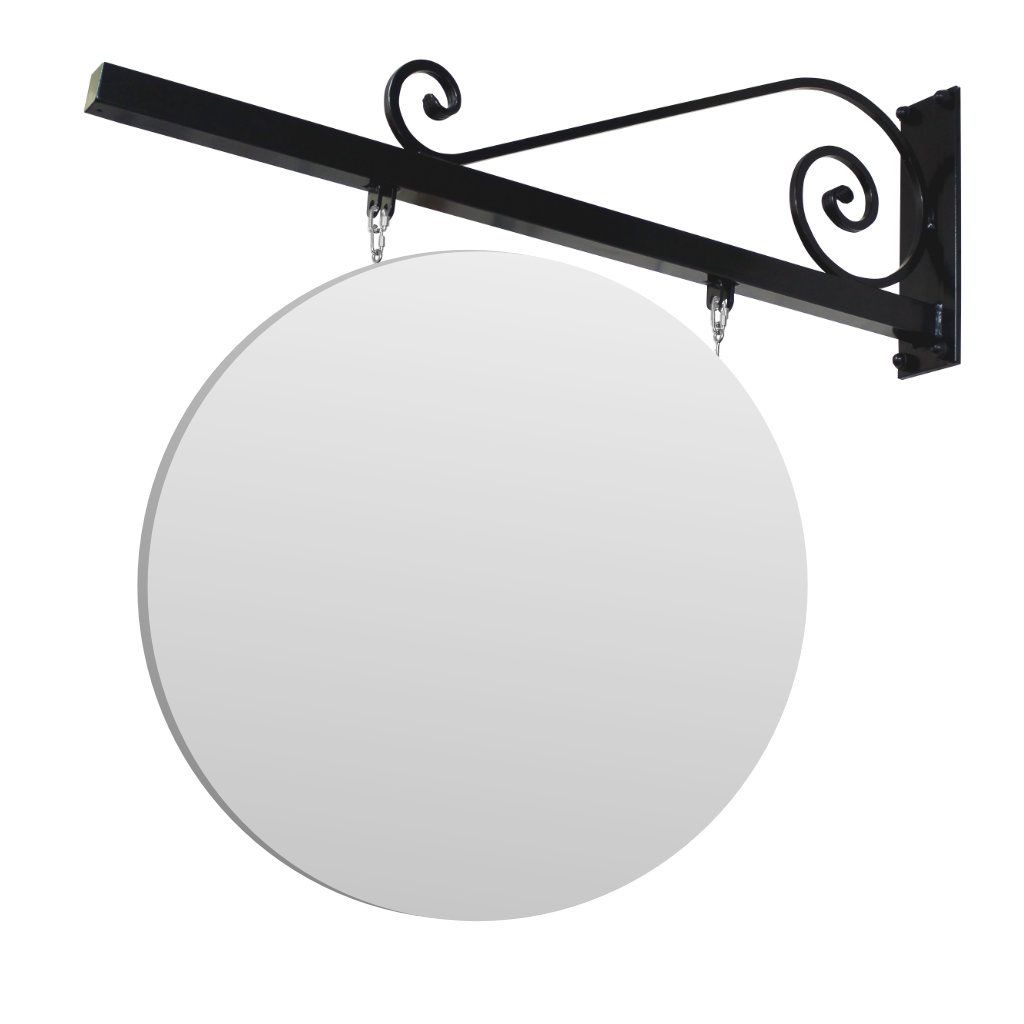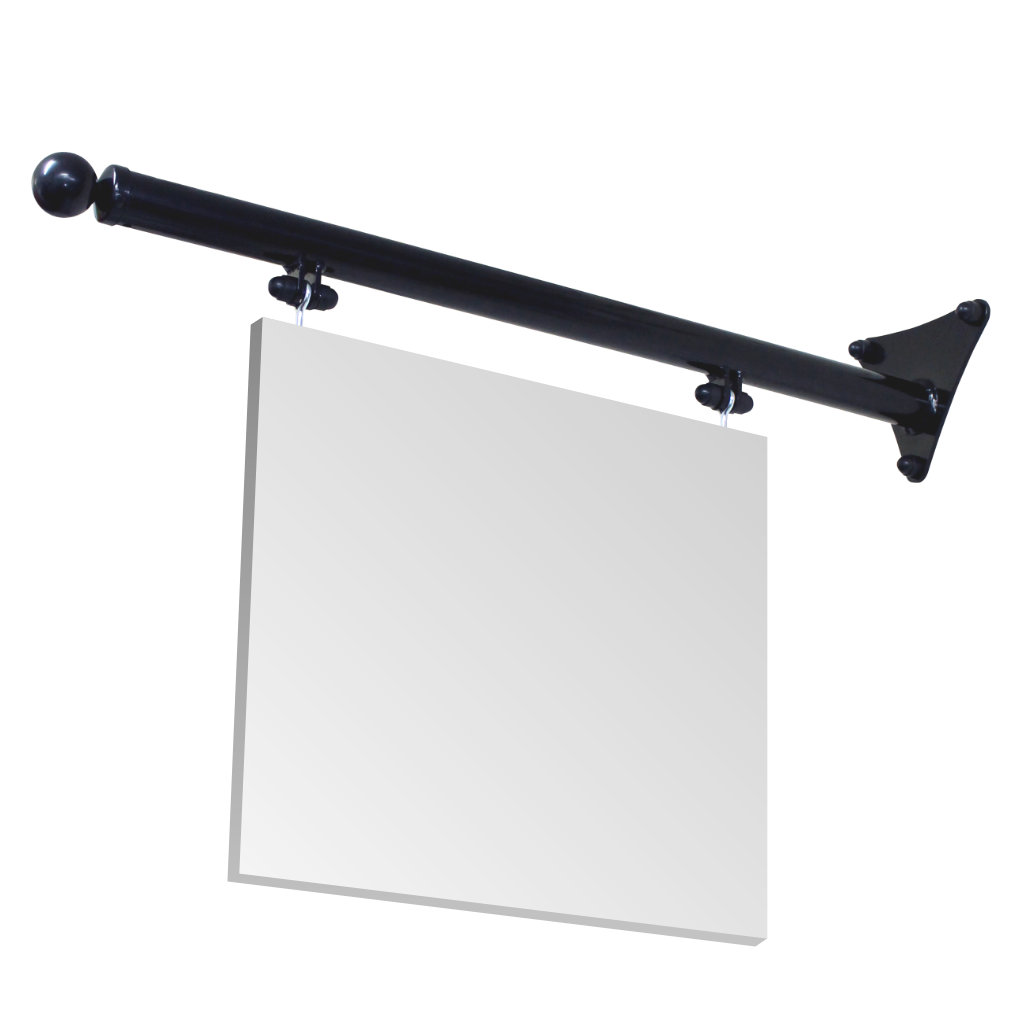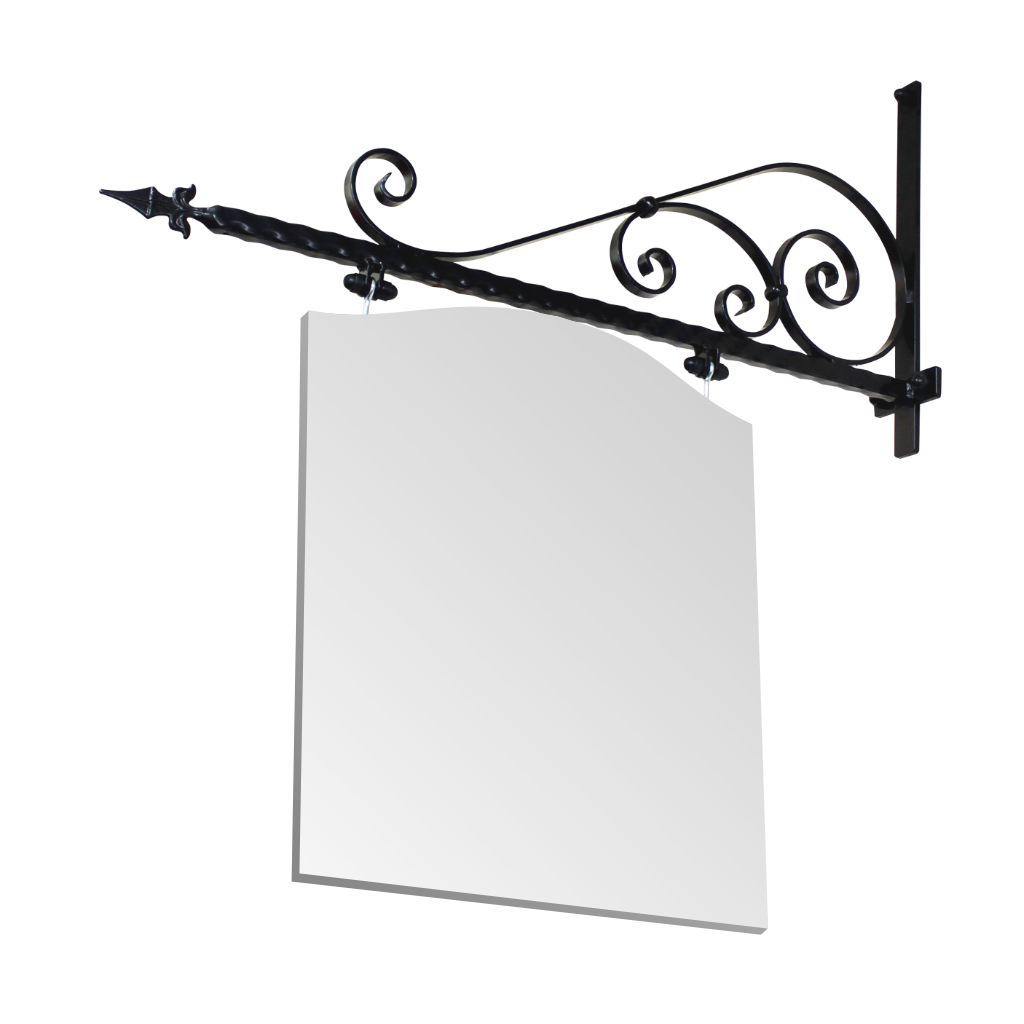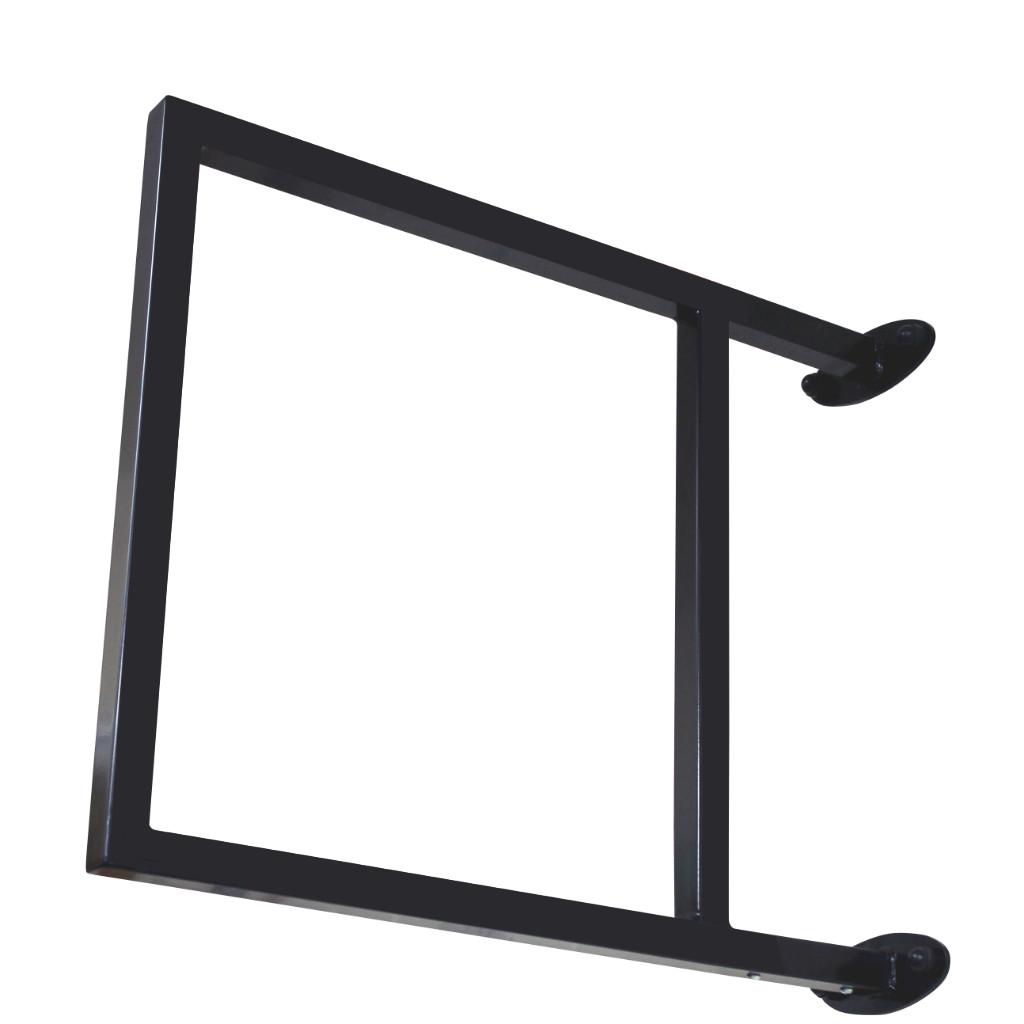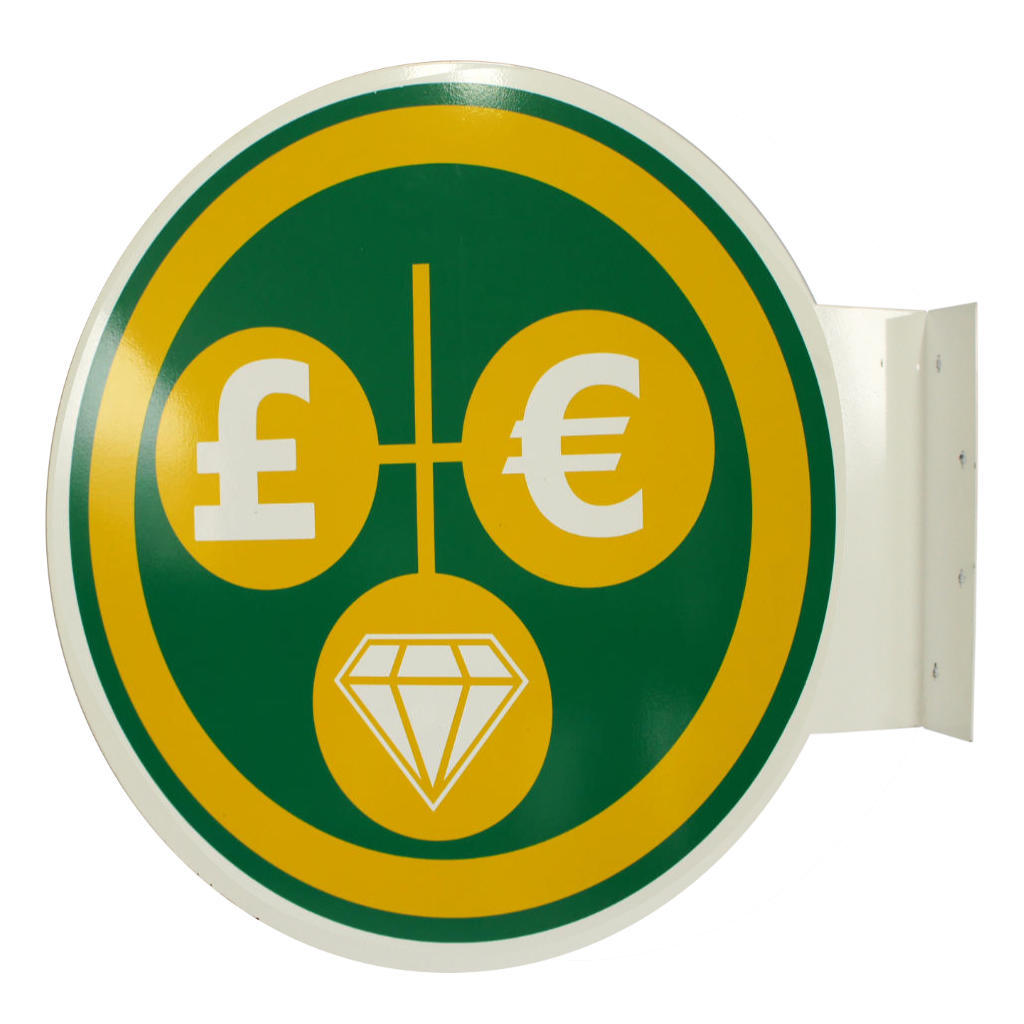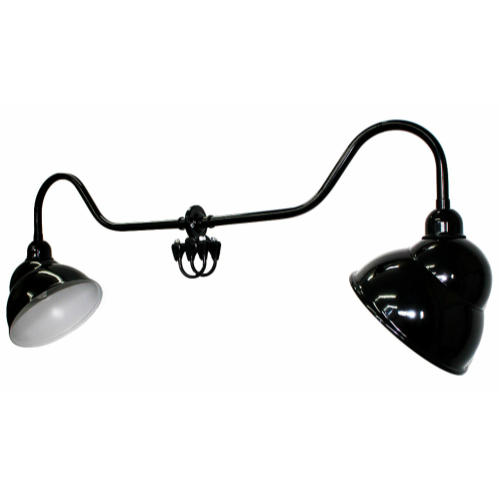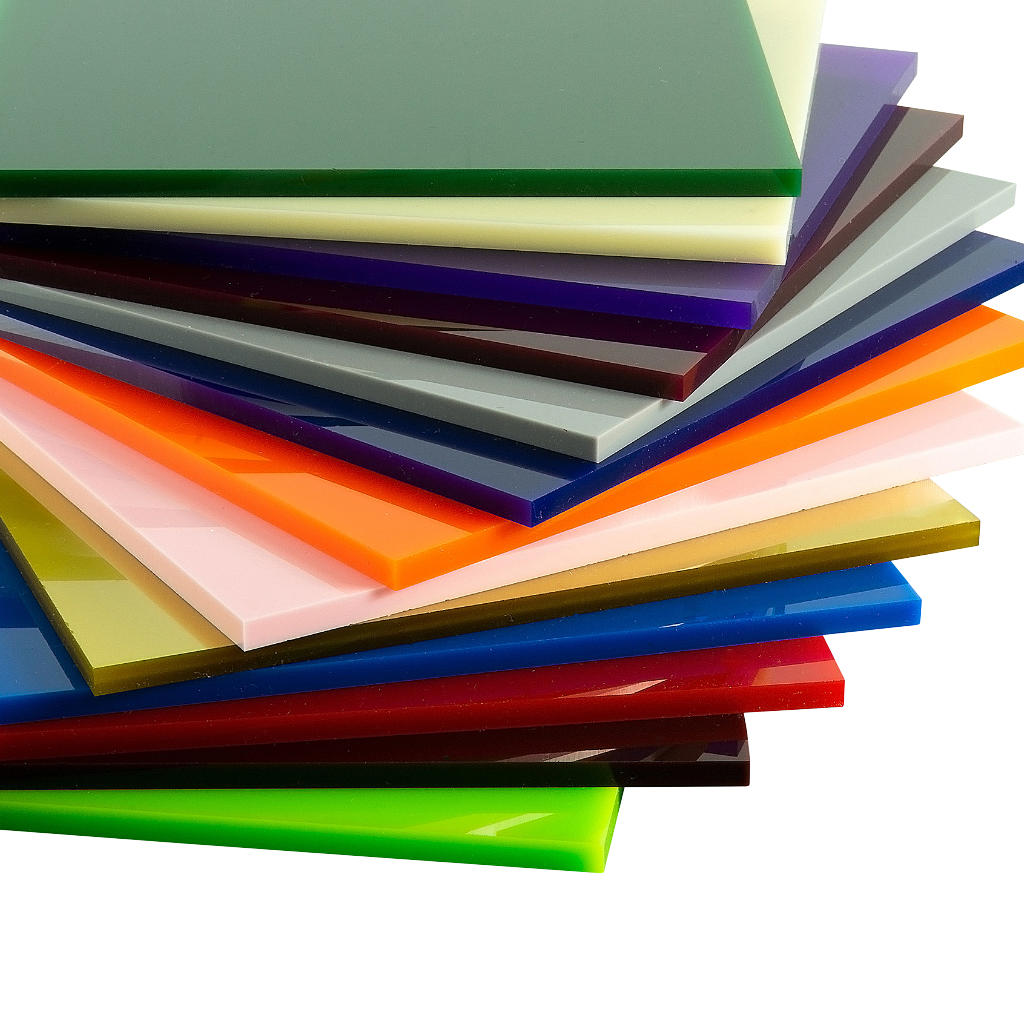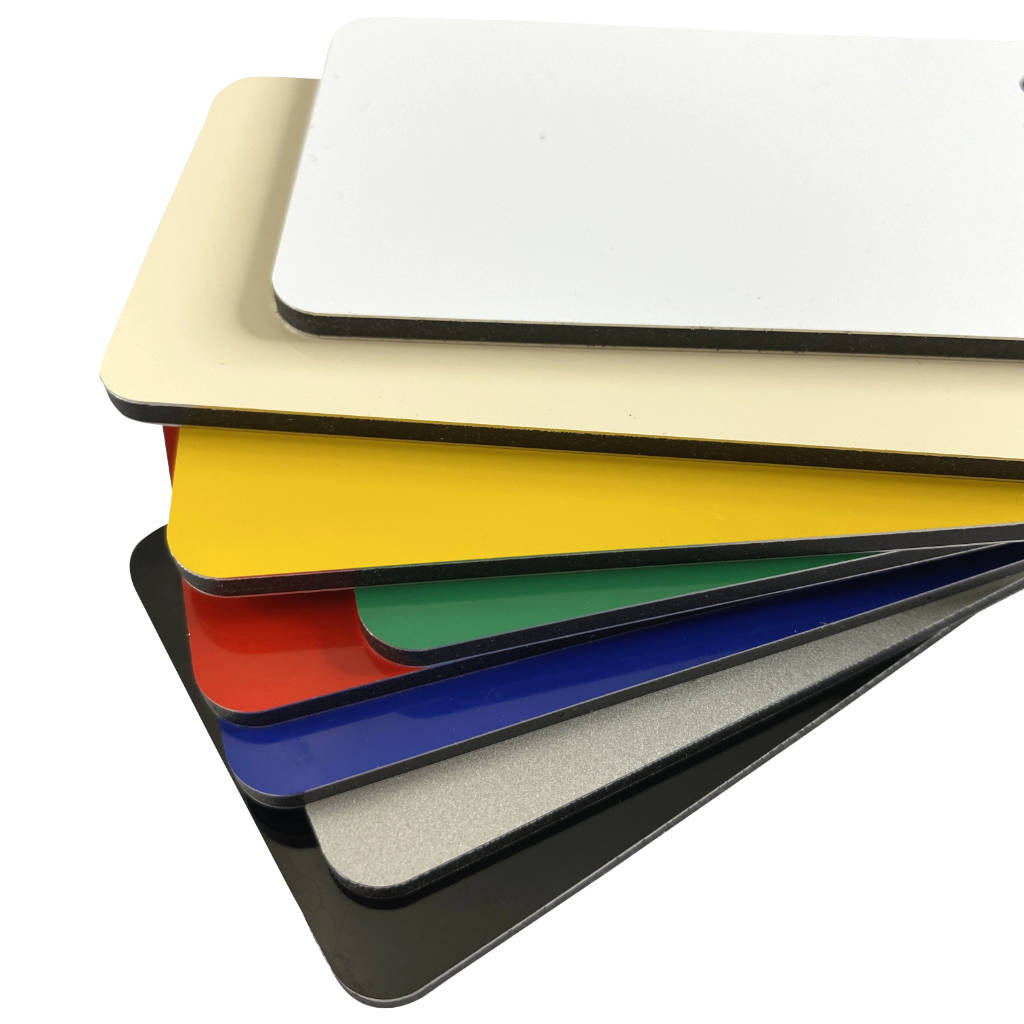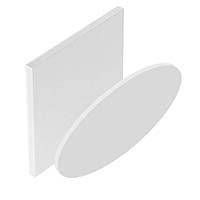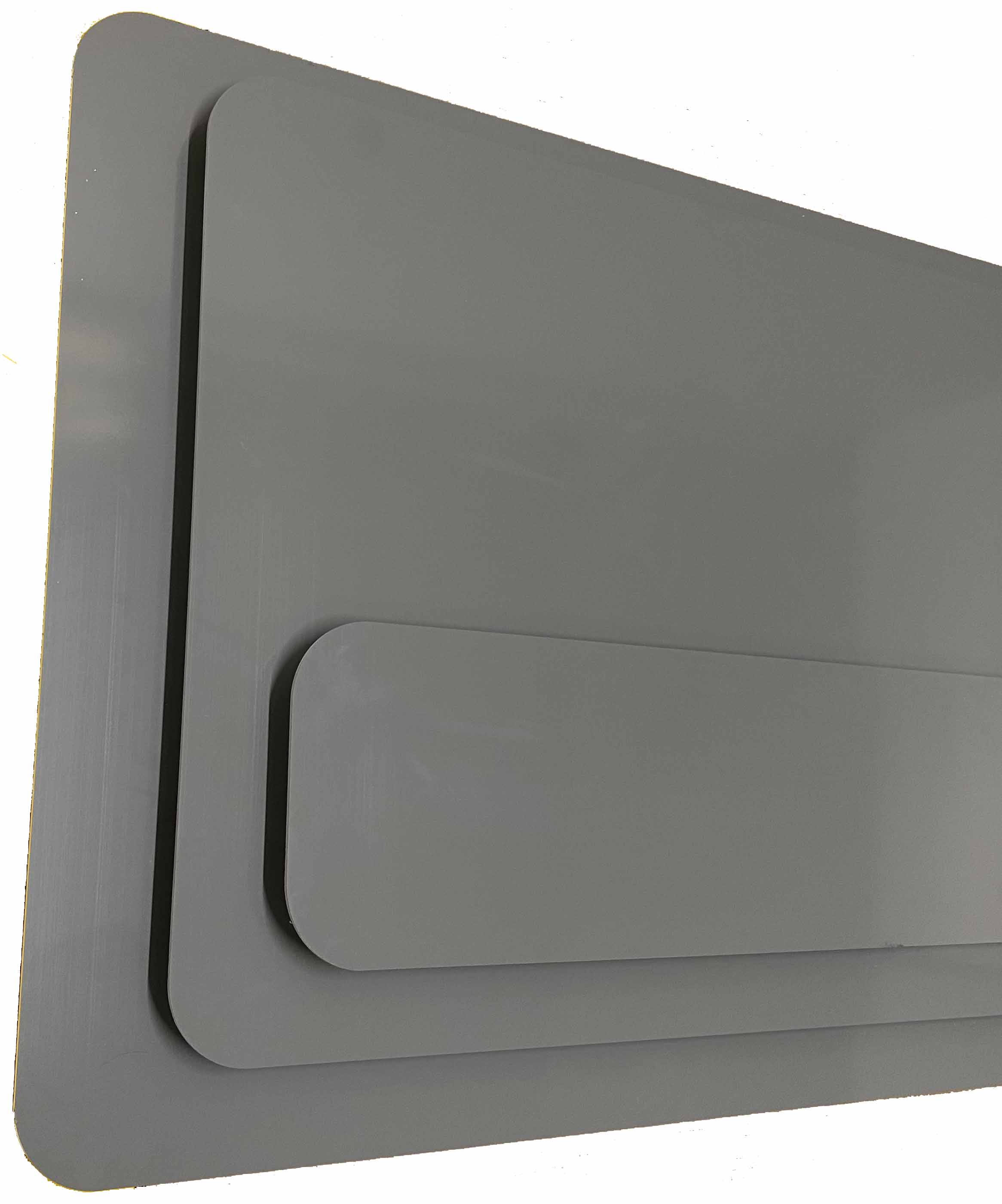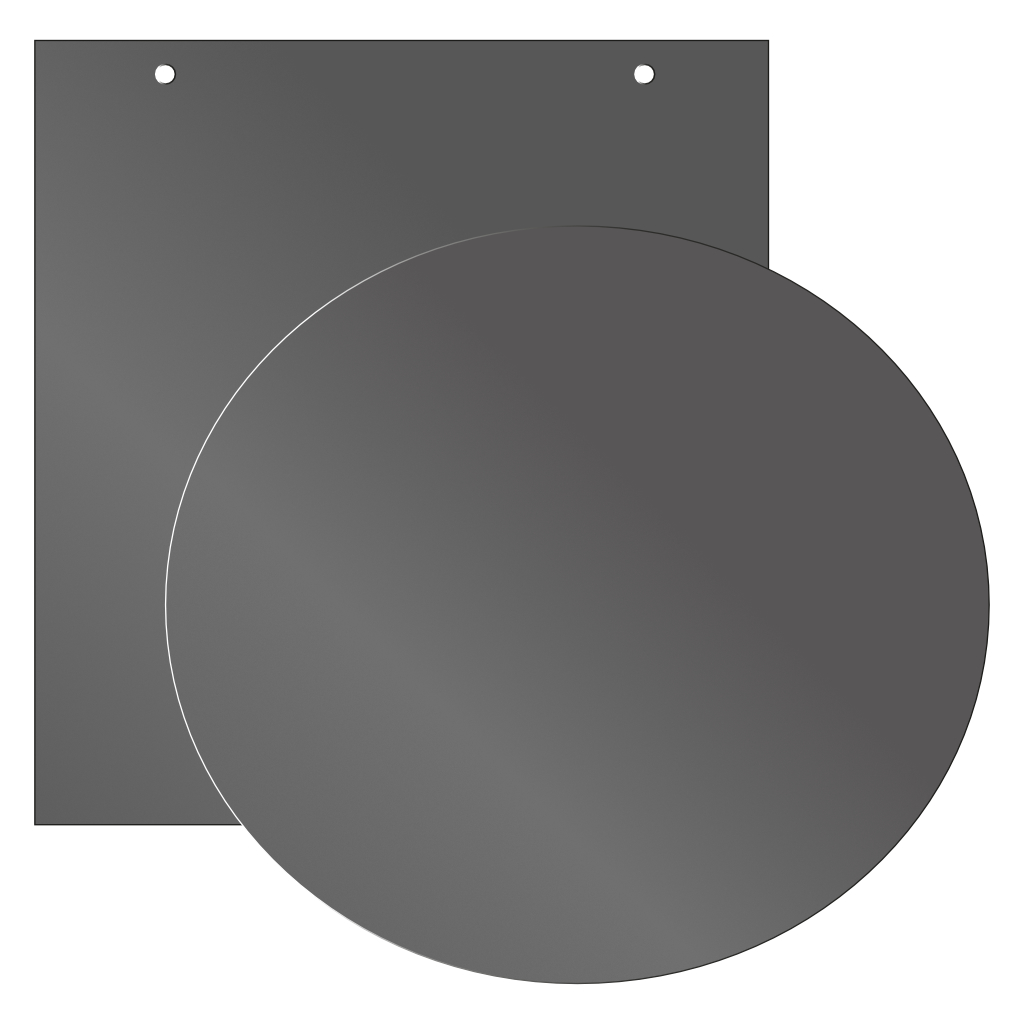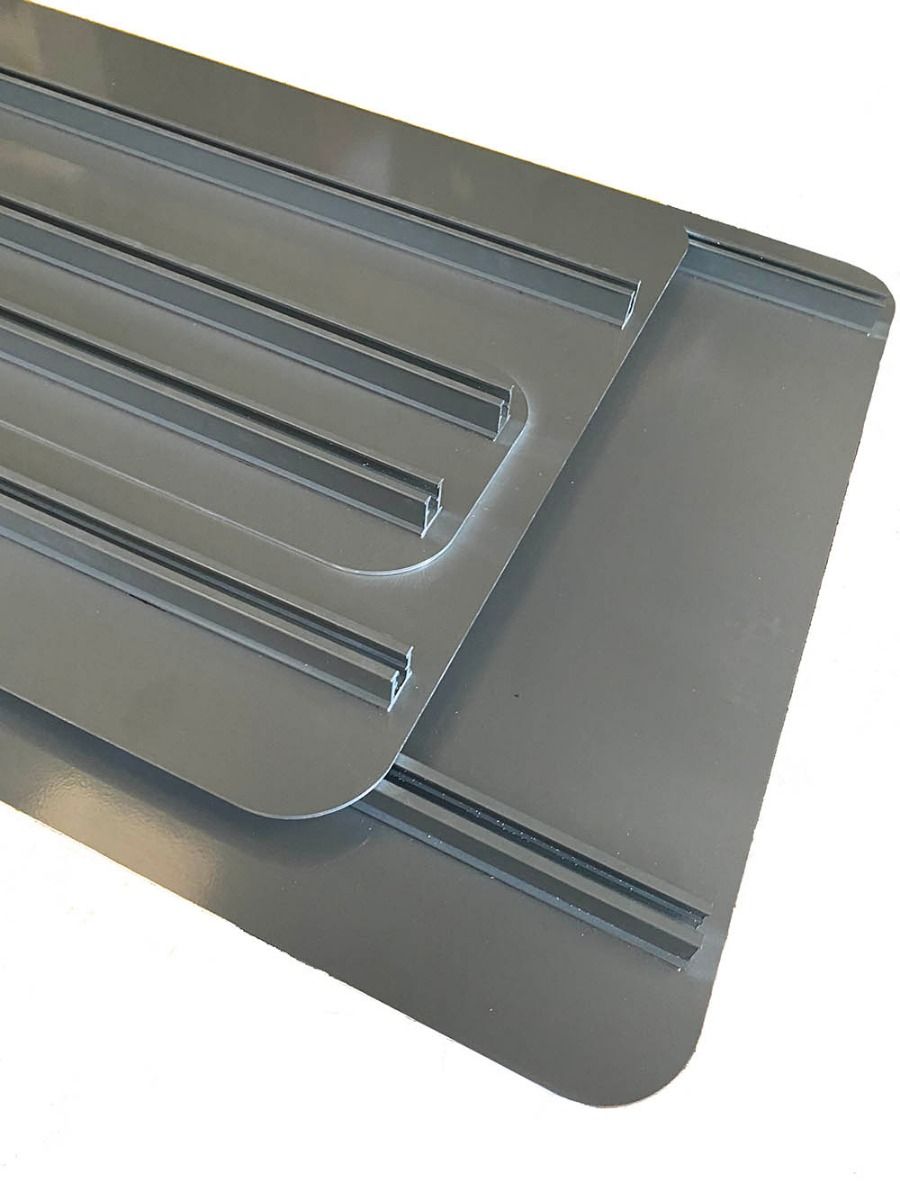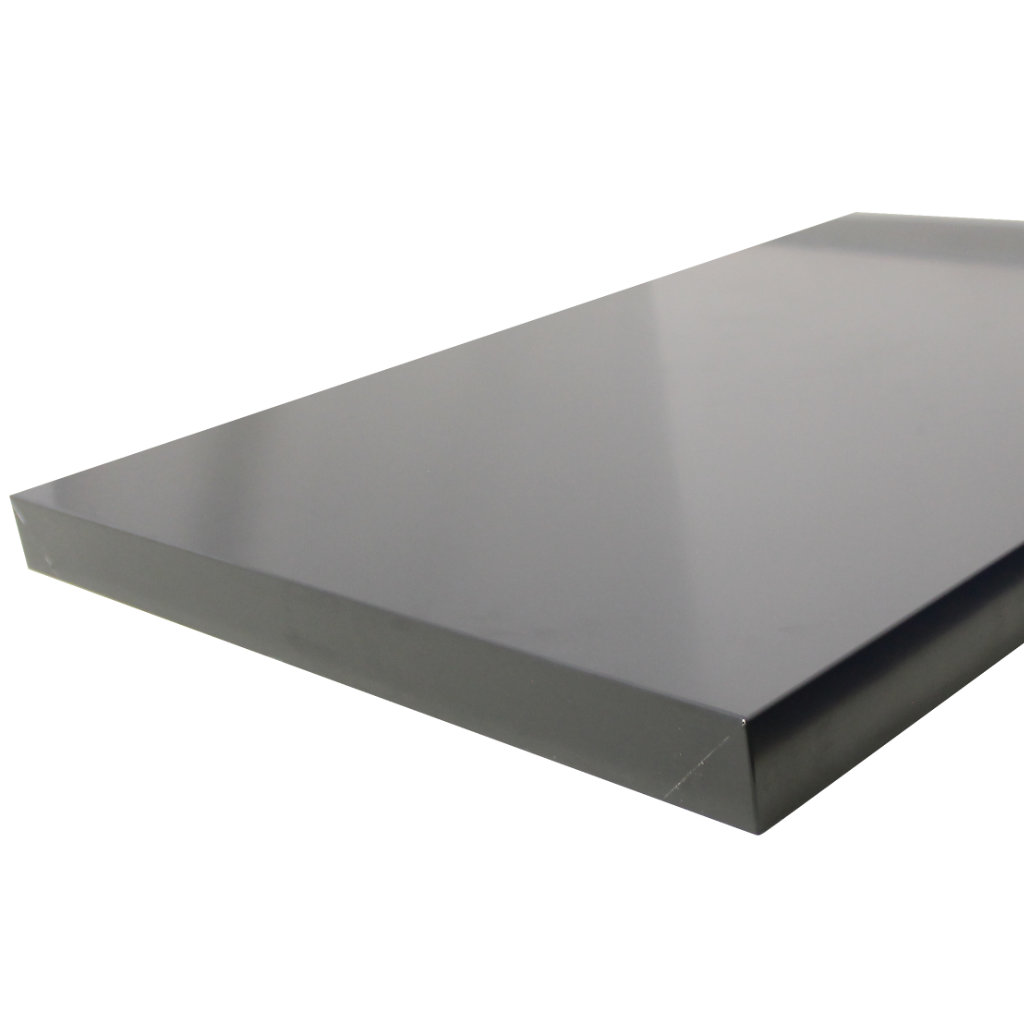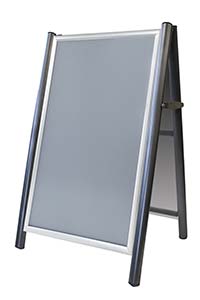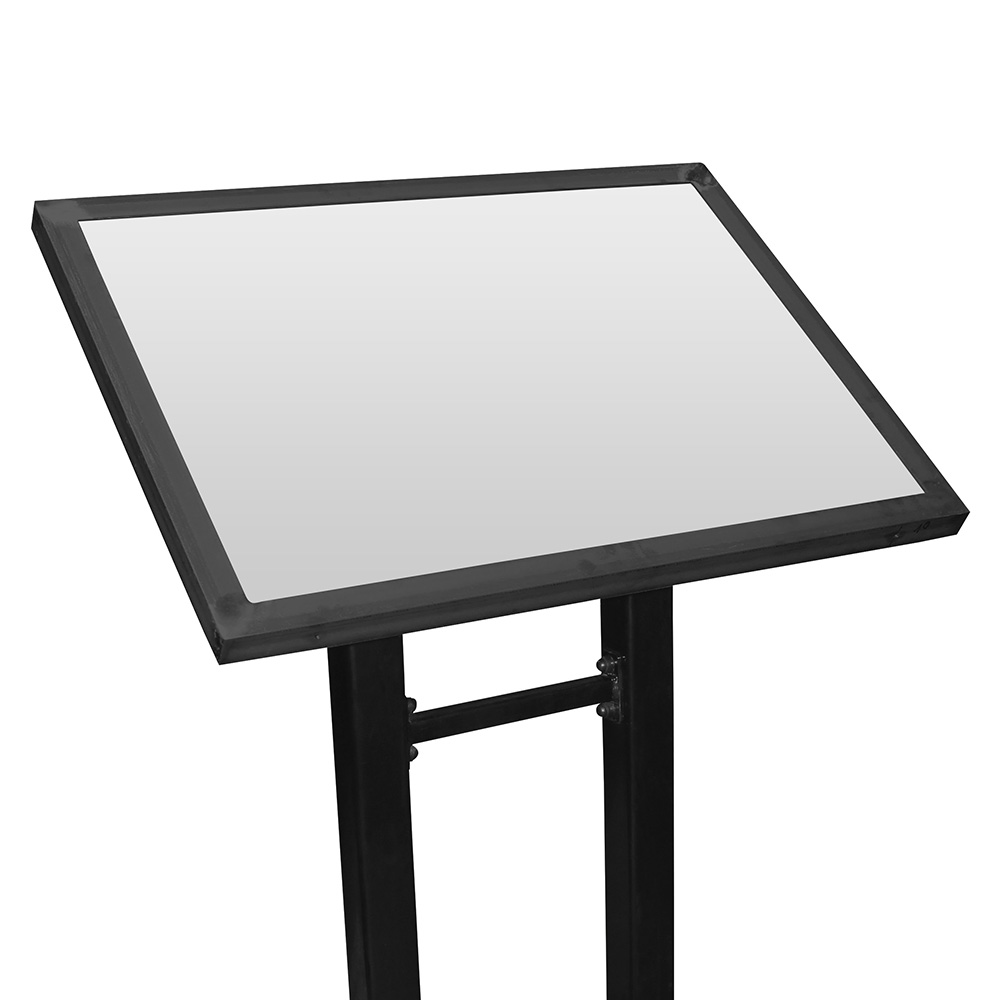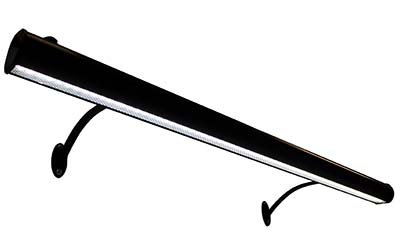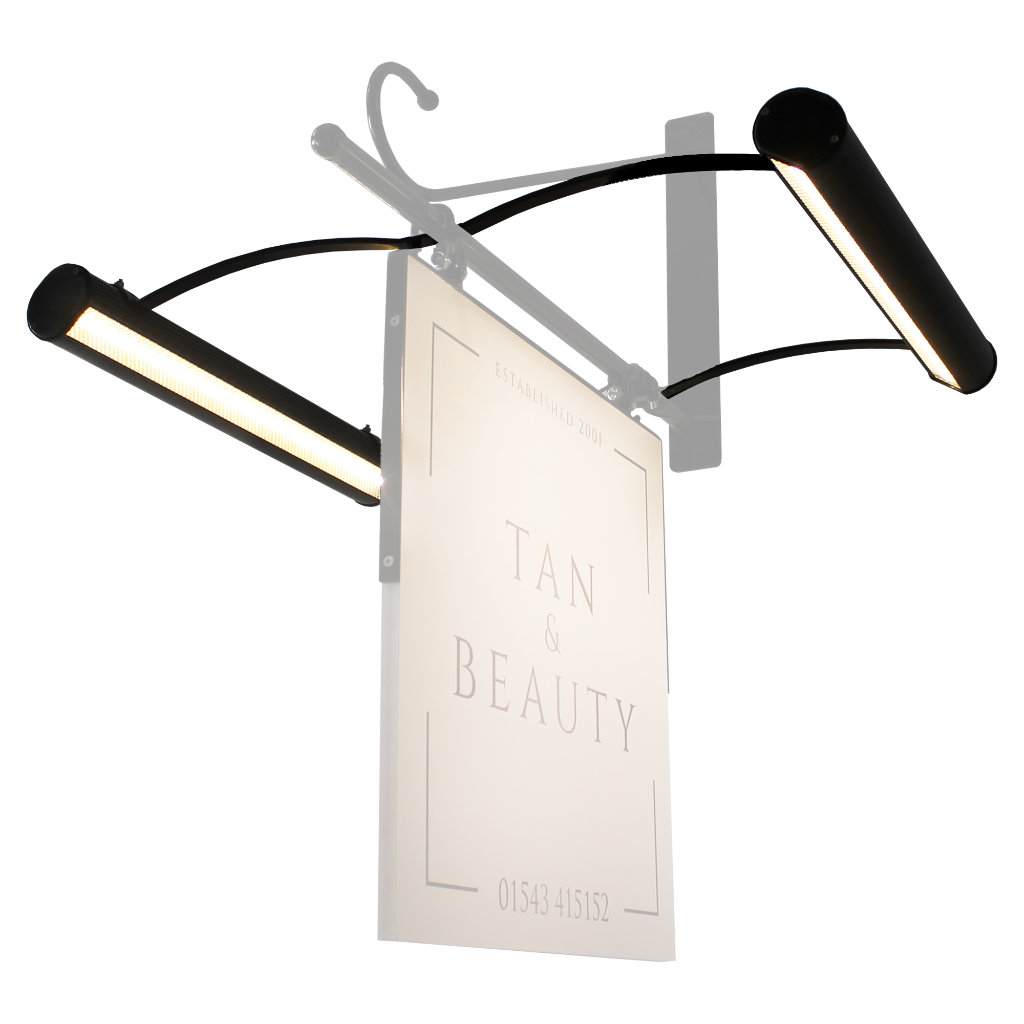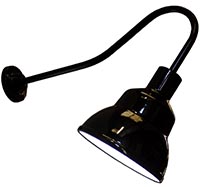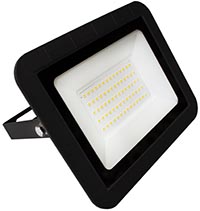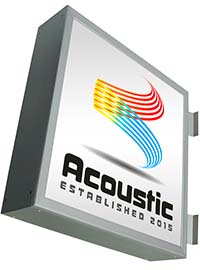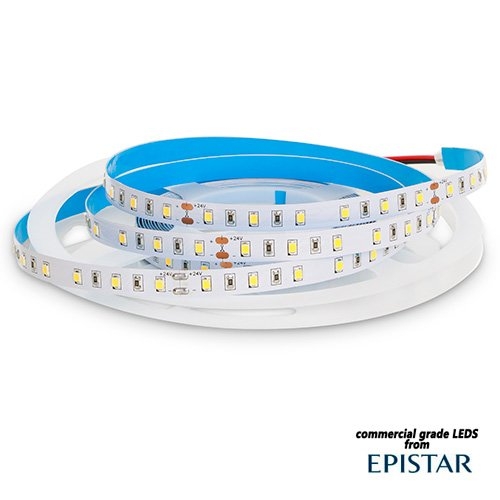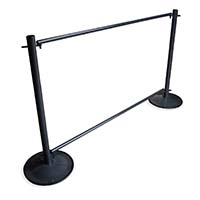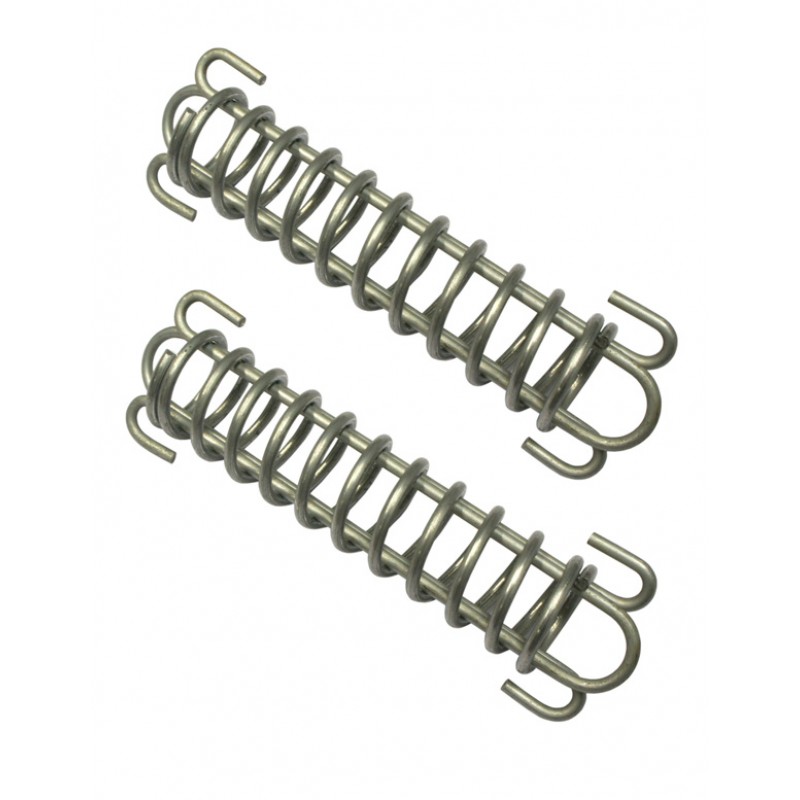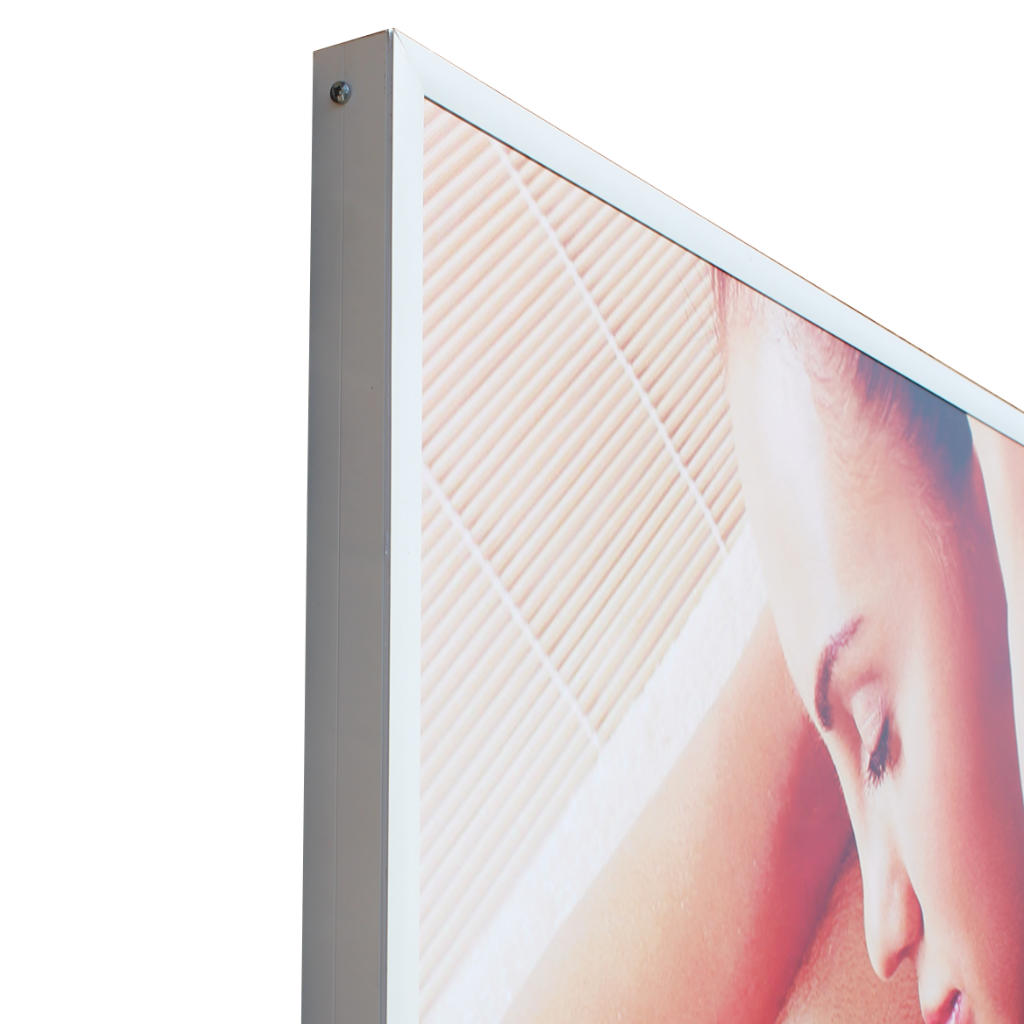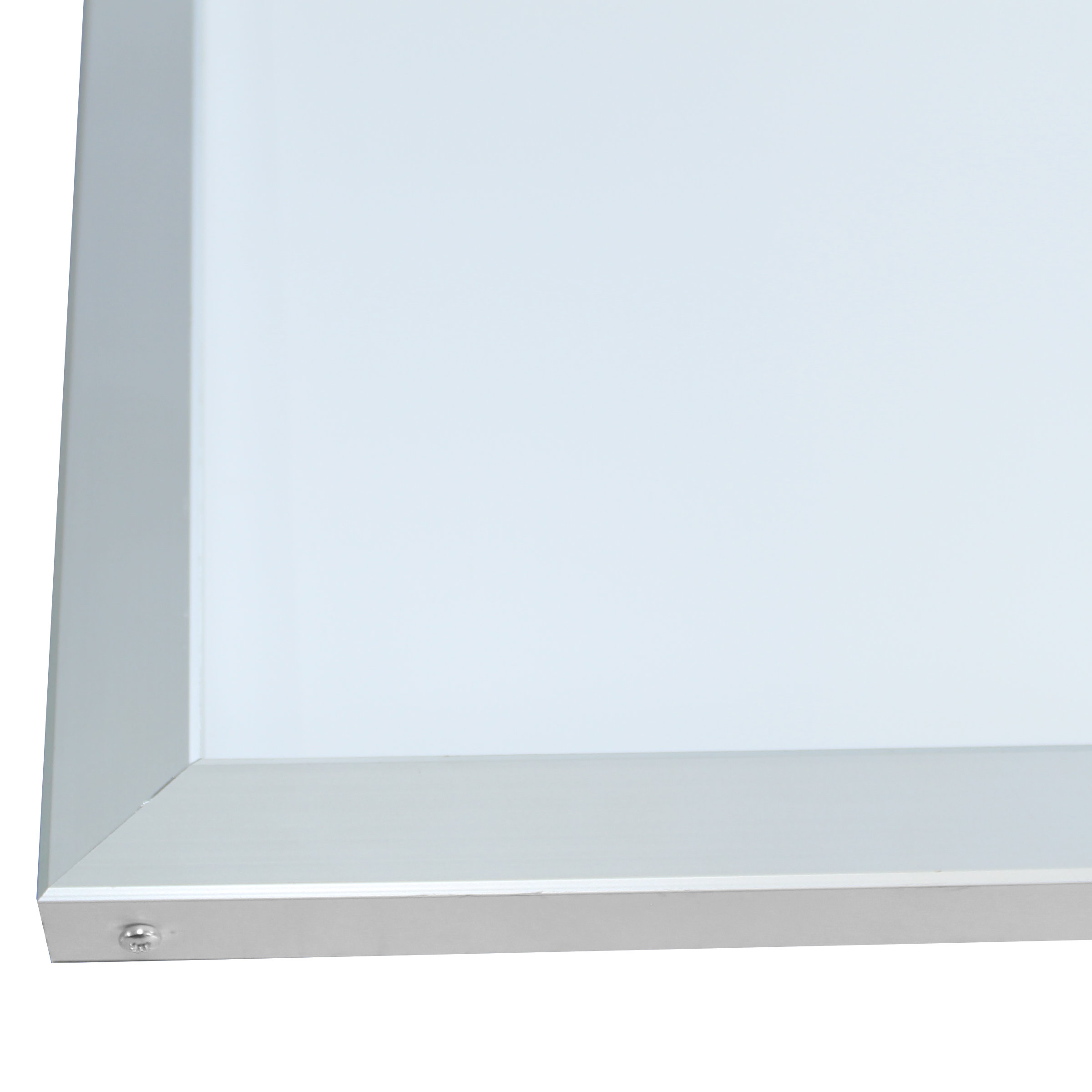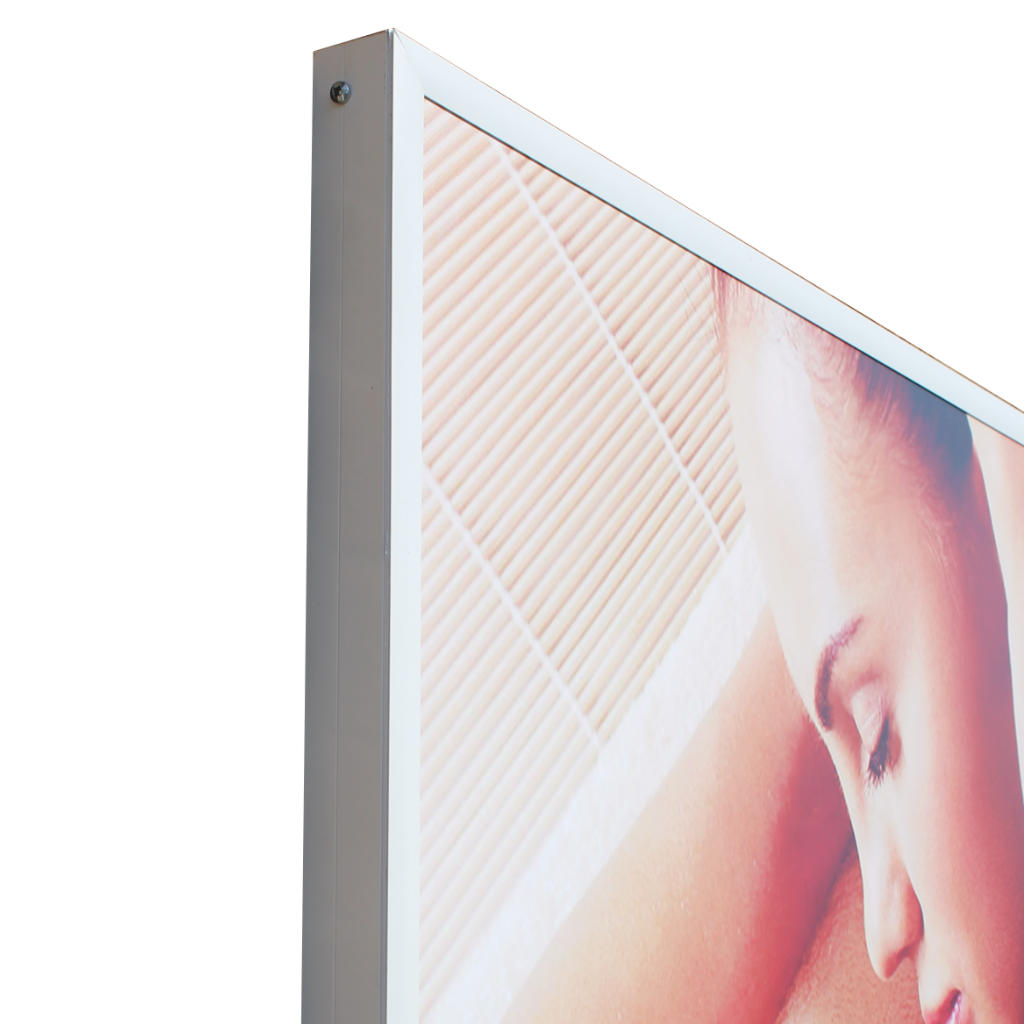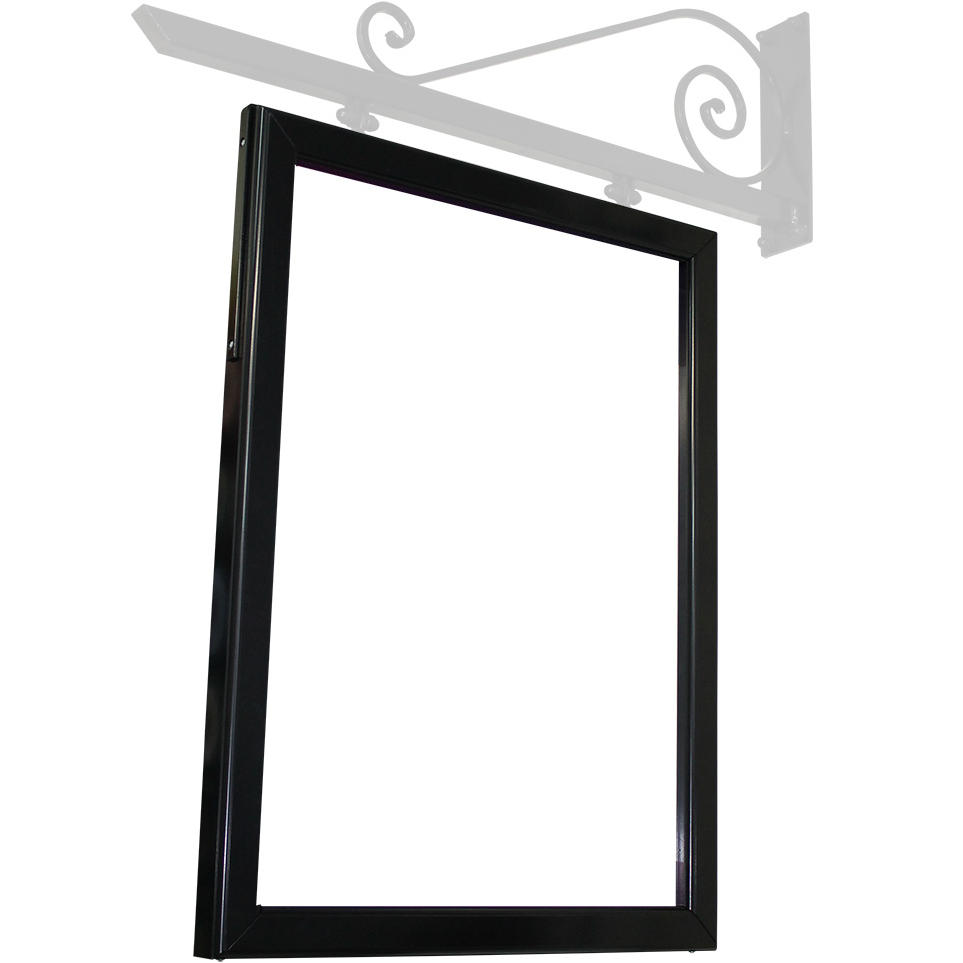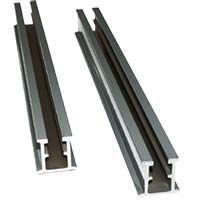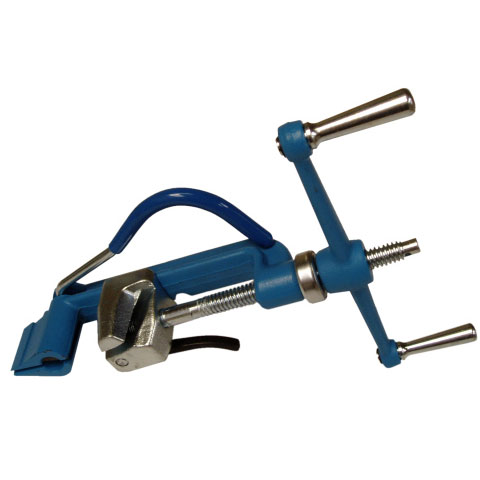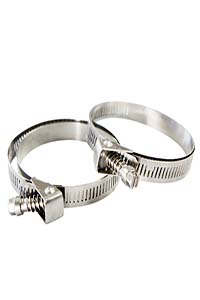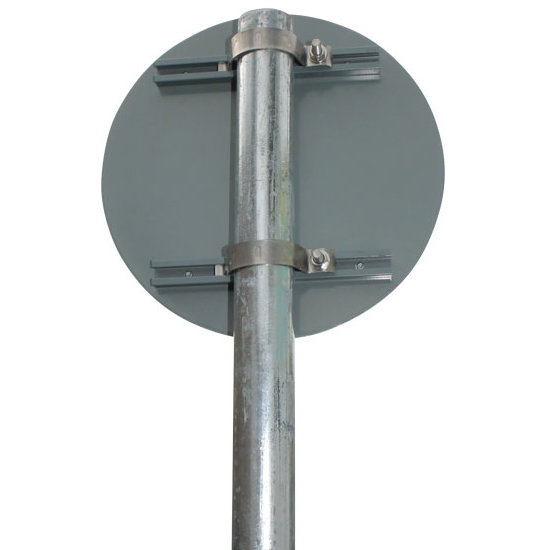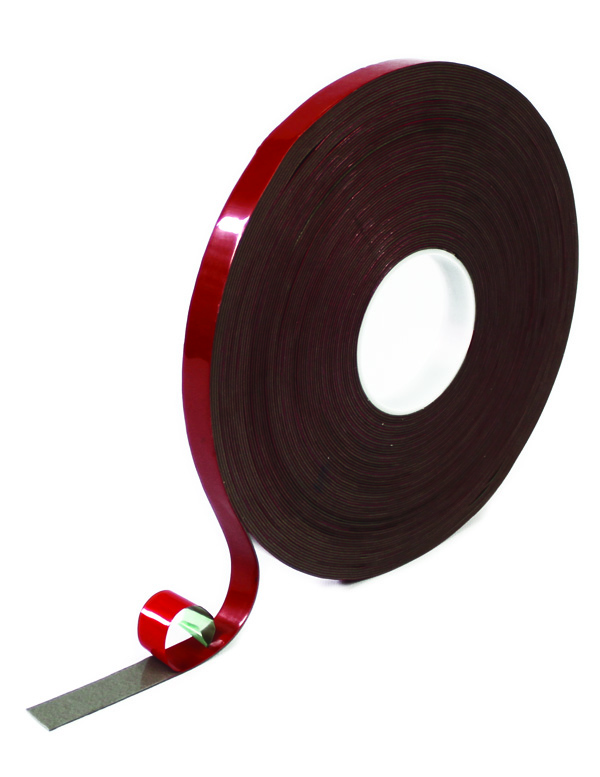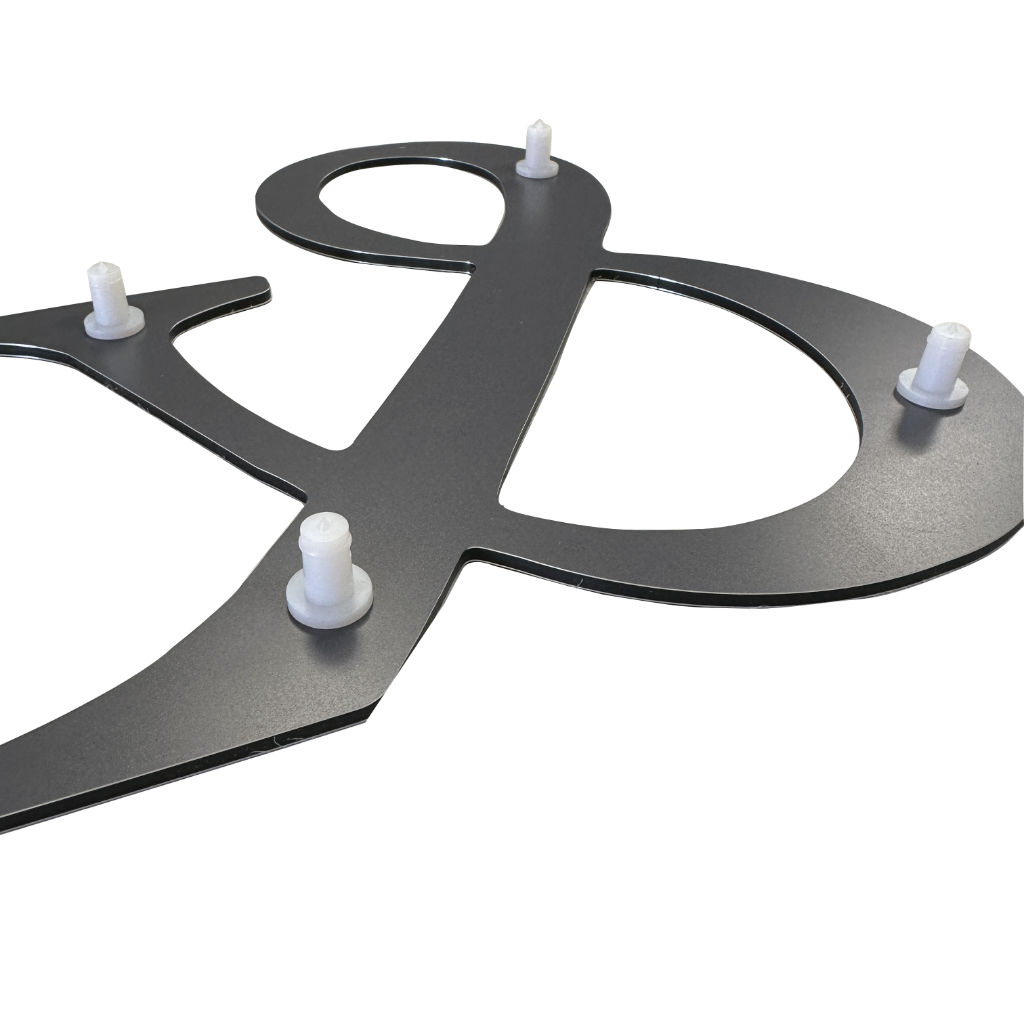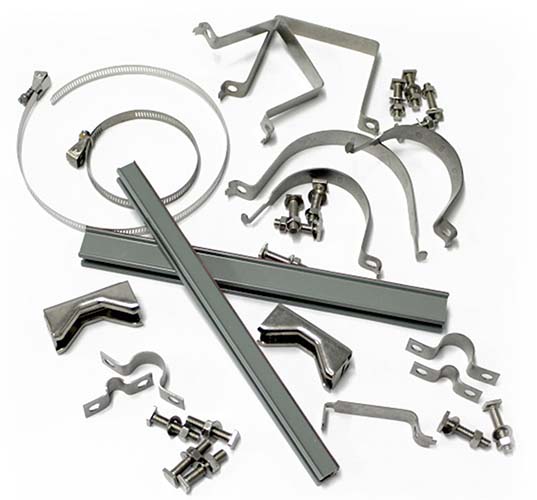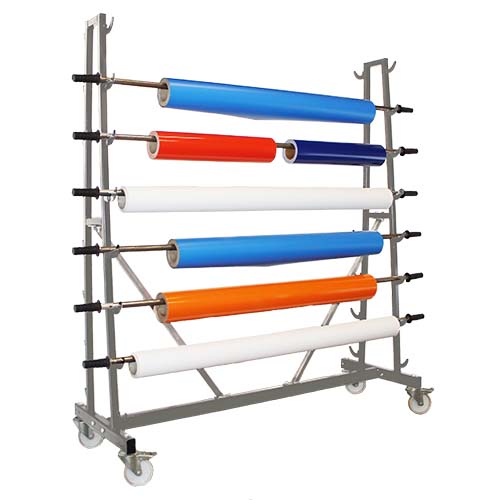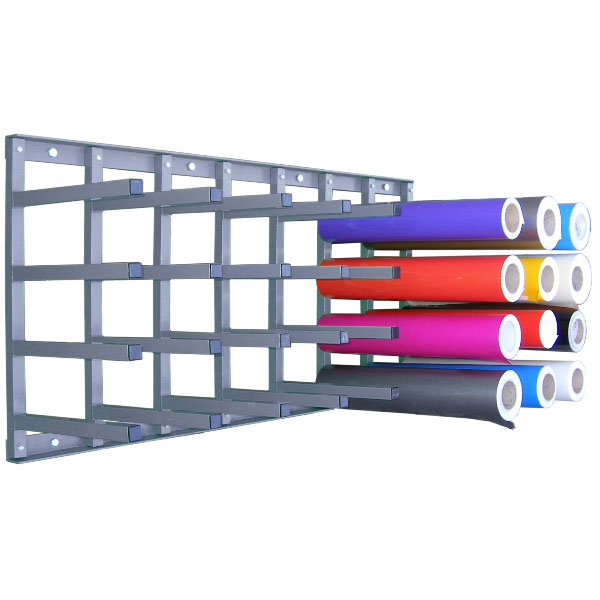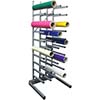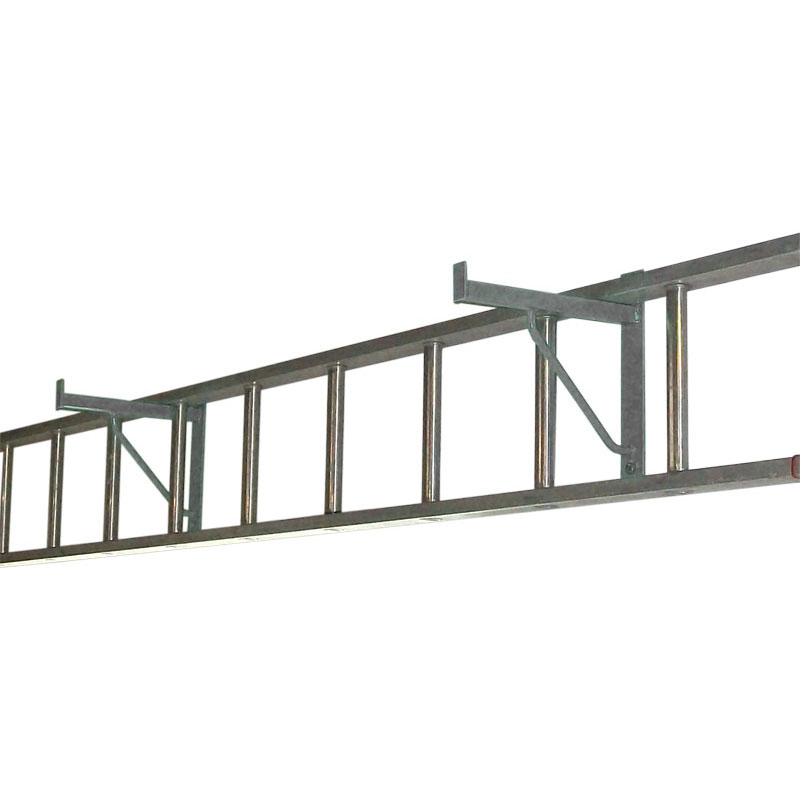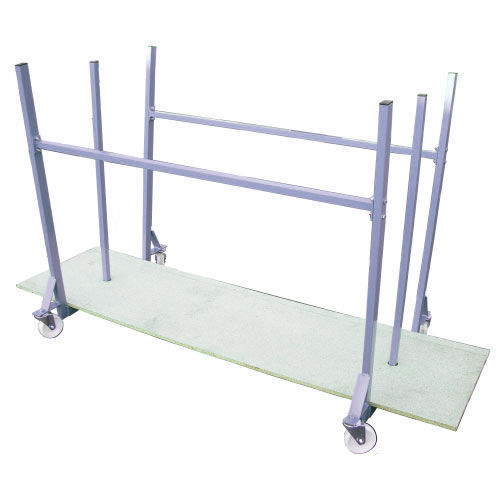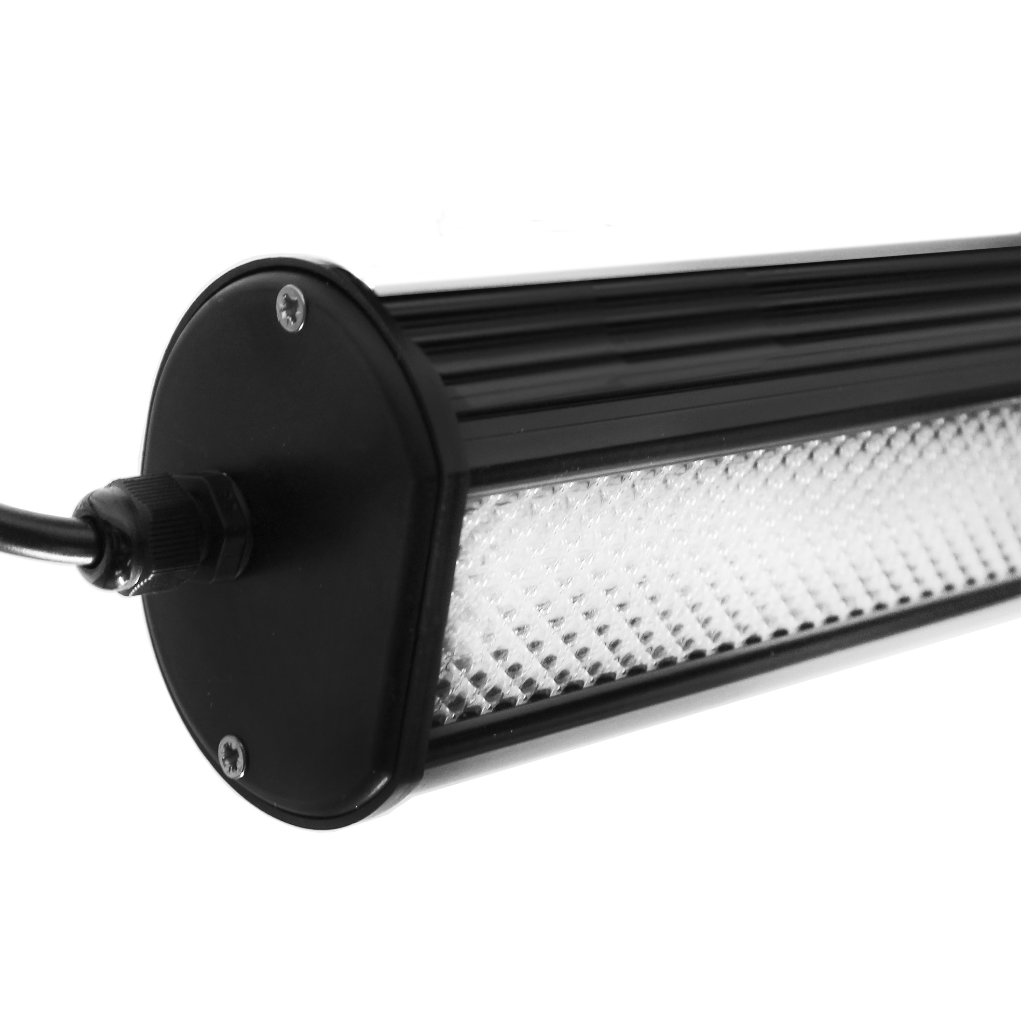
LED Trough Lighting
We manufacture our trough lights on site enabling us to provide you with quick turnaround for stock black & white aluminium casings. We can also powder coat your light to any standard 4 digit RAL number, though this will extend the lead time.
Our lights are suitable for most applications as we offer several mounting options; including wall mount, ceiling mount, ledge mount & channel mount. Bespoke brackets can be made on request.
Our durable trough lights are rated IP67 and we offer a 2 year, return to base warranty.
LED Light Strips
Both our LED options are internally mounted in a an aluminium case & feature 3528 chipsets.
Super Bright LEDs 24 volt, 24w with 120 per metre. 2800 lumens per metre.
High Bright LEDs 24 volt, 12w with 60 per metre. 1440 lumens per metre.
LED Driver
The LED driver is internally mounted inside the aluminium case.
Driver Specification:
- IP Rated 67
- Mean Well LPB-60-24 or equivalent
- Input: 100-240v 2.2A 50/60Hz
- Output: +24v 4.2A
- Energy efficient with a low carbon footprint
- Lower maintenance cost
- Consistant illumination
Photocell Switch (optional)
Designed to automatically switch your lights on at dusk, and off at daybreak, when positioned within a clear unobstructed view of daylight, avoiding shaded areas and direct or reflected light from other sources.
We offer two types, a built in version, and a separate wall mounted option.
Built in Photocell Switch:
- Internally mounted inside the aluminium case
- Royce Thompson P12HE
- 70 LUX
- Input: 230v (+/- 10% Load: 2x250w
- To test, covering the Photocell will switch your lights on within 40 seconds, and uncovering the photocell will turn them off within 40 seconds.
- Don't use fluorescent lighting to test as they may not be sufficient to demonstrate full functionality.
LED Colour Options
eLED light colour temperature is measured in Kelvins (K). Kelvin is the unit of measurement used to quantify temperature, specifically in the context of color temperature for lighting. In the realm of lighting, Kelvin represents the colour appearance of light emitted by a source, with lower Kelvin values indicating warmer, reddish tones, and higher Kelvin values indicating cooler, bluish tones. For example, traditional incandescent bulbs typically have a Kelvin temperature around 2700K, emitting a warm, yellowish light, while cool white LED lights often have Kelvin temperatures ranging from 5000K to 6500K, producing a bright, bluish-white light . Kelvin provides a standardised scale for describing the colour characteristics of light sources, aiding in selecting the appropriate lighting for various applications based on desired ambience and functionality. We offer 3 options for all our LED Trough Lighting:

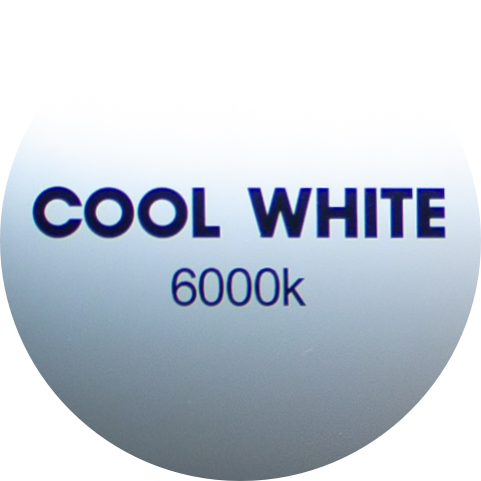
Cool White LEDs typically has a colour temperature of in the range of 5000k to 6500K. This higher color temperature produces a light that appears cool and bluish-white. Cool White LEDs are known for their high brightness and intensity.
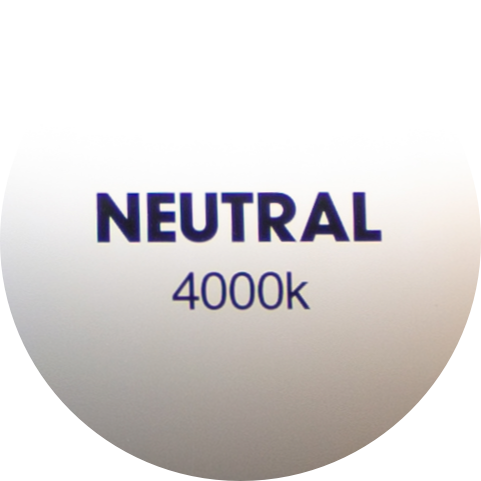
Neutral light LEDs are found between warm white and cool light typically around 4000K. This light tone resembles that of natural light.
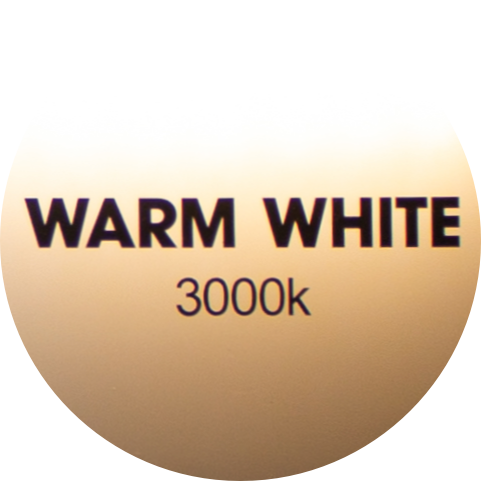
Warm White LEDs typically range from 2700K to 3500K. They emit a soft, yellowish-white light similar to traditional incandescent bulbs. Suitable for where an inviting ambiance is required.
Lumens, Candela & Lux
Lumens
Lumens are a measure of the total amount of visible light emitted by a light source. Unlike watts, which measure power consumption, lumens measure the brightness of the light produced. In simple terms, the higher the lumen value, the brighter the light emitted by the bulb or fixture. For example, a 100-watt incandescent bulb might produce around 1600 lumens, while an equivalent LED bulb might produce the same amount of light using significantly less power. Lumens are crucial for choosing the right LEDs for different applications, ensuring sufficient brightness for tasks while optimising energy efficiency. You can find a Lumens to Lux converter here for our LED strips
Candela
Light intensity is measured in Candela (cd), it is the unit of luminous intensity in the International System of Units (SI). It measures luminous power per unit solid angle emitted by a light source in a particular direction. The amount of Candela is subject to the opening angle of a light source. The distance from the light source has no influence on the amount of Candela. On a distance of 1 metre, the amount of Candela of a light source is the same as the Candela on a distance of 2 metres. The surface area does however become bigger because of the expanding angle. Therefore the distance from the light source has no influence on the amount of Candela.
Lux
A lux is a unit of illuminance and luminous emittance based on the International System of Units (SI). Lux is used to measure the amount of light in a given area, with one lux equivalent to one lumen per square metre. It is a way of measuring the total amount of visible light and the intensity of the illumination on the surface. The direction of the light source will have an impact on lux but the number of light sources, the colour of the light or the structure on which the light shines will not. The Lux is generally highest at the centre of a the beam of light.
Lumens vs Candela vs Lux
So what is the difference between Lumens, Candela & Lux? They all measure the same thing but in different ways. As Candela measures light intensity in just one direction, it is the most exact unit of measurement. Overall light intensity is measured in Lux which is not as precise. Lumens is the least accurate measurement of them all.
To simplify, Lumens is the amount of light given off by a light source, Candela measures the visible intensity of the light source at a specific point & Lux is the brightness of the surface.



